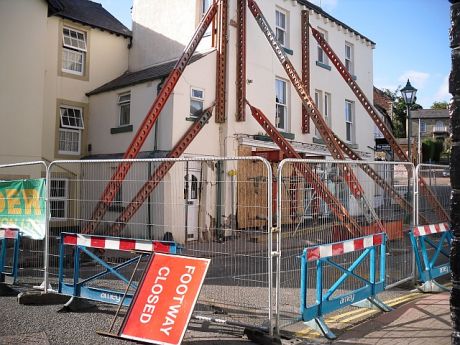Recent earthquakes have shown that while modern design approaches may reduce fatalities, damage to buildings may still financially cripple cities or countries. Hence, structural engineers need more effective methods.
The EU-funded IDESIGN (Enabling seismic design decision-making under uncertainty) project aimed to develop the necessary techniques. The goal was practicable performance-based structural design for earthquake-prone areas, involving quantification of the concept of seismic performance. The concept built on standard engineering parameters, but added those of interest to stakeholders, including financial losses, human casualties and repair time. Performance-based engineering simultaneously considers assessment and design. The latter is the more difficult of the two, as it involves repeated assessment of different candidate structures. Inherent uncertainties in the building and the seismic risk make both processes more challenging.
The project aimed to remove such barriers via four branches of research. The steps involved examination of multiple building types, simply quantifying the effect of uncertainties, offering simple approximations for assessment and proposing a new design method.
During the first two years researchers achieved the first two goals. The team built a large database of structural models, reflecting contemporary steel and reinforced-concrete structures having been assessed for the effects of uncertainties.
Preparations were also made for establishing the feasibility of finalising the latter two steps during the project's second half.
As of the end of the first period, the IDESIGN project was on schedule to create a revised method for engineering structures of the desired performance in earthquake-prone areas. The work should bridge the gap between performance assessment and design, meaning reduced economic consequences of earthquakes.

